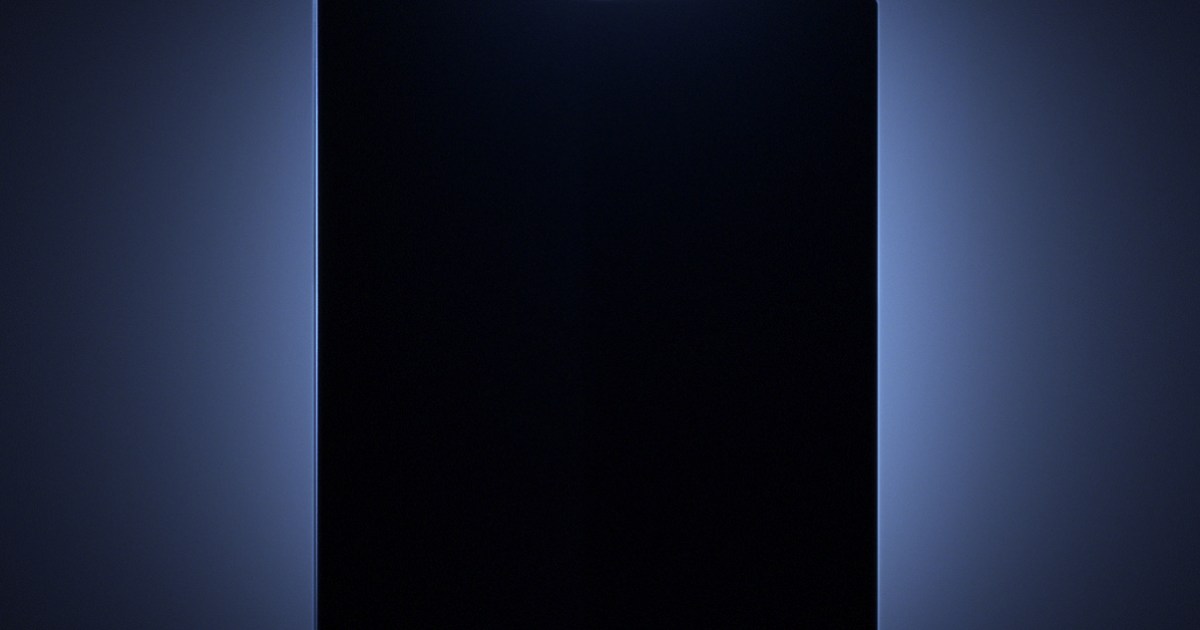Samsung’s new Galaxy S25 Edge is remarkably slim at just 5.8mm. This ultra-thin profile naturally raised questions about its durability, notably from tech YouTuber Zack Nelson of JerryRigEverything, who wondered if it might easily falter under pressure.
The JerryRigEverything Durability Challenge
Zack Nelson, known for his rigorous JerryRigEverything [internal_links] smartphone durability tests, questioned if the S25 Edge’s slender frame could withstand his famous bend test. His standard procedure includes scratching the display and frame, exposing the screen to an open flame, and culminating in a forceful manual bend test. Nelson anticipated significant damage, expressing that his understanding of physics suggested the ultra-thin device should experience an “easy snap” with “glorious carnage” when pressure was applied to its back.
Surprising Resilience Under Pressure
Impressively, when bent from the back, the Galaxy S25 Edge remained intact. Bending it from the front did cause the back panel to slightly separate from the frame near the power button, but critically, the phone did not break. It continued to function normally after the ordeal. Nelson concluded, “The Galaxy S25 will not bend or break even under very extreme circumstances,” highlighting the phone’s unexpected structural integrity.
Engineering Insights and Market Anticipation
Nelson plans a follow-up video to delve into the internal construction and discover precisely how Samsung engineered the S25 Edge to achieve such remarkable [internal_links] smartphone strength. With the Galaxy S25 Edge now having demonstrated its robust build, attention naturally shifts to Apple’s rumored competitor, the iPhone Air, expected to launch this fall. Apple engineers are undoubtedly conducting their own rigorous testing to ensure their slim device avoids a similar public durability failure in any demanding tests.
The Samsung Galaxy S25 Edge’s performance in strenuous tests confirms its surprising toughness despite a very slim profile. This sets a high bar for ultra-thin smartphone durability. What are your thoughts on this feat of engineering? Share them in the comments below.











